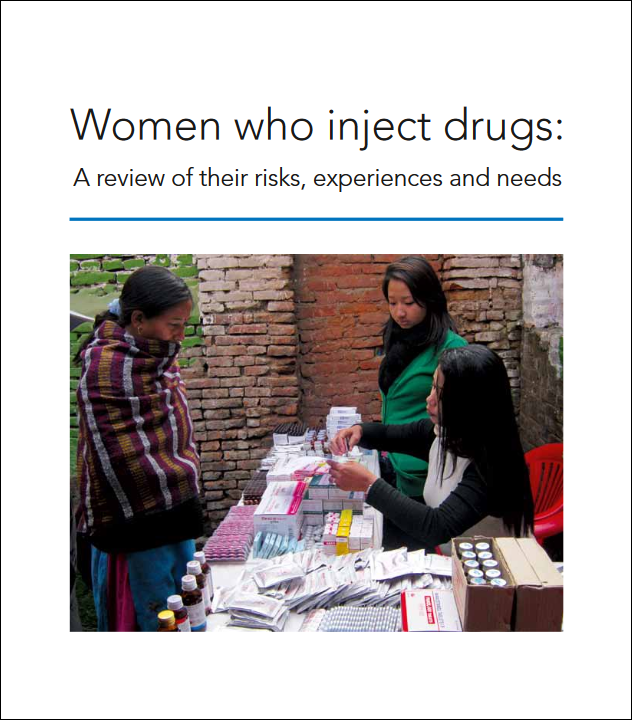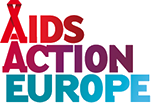Women who injects drugs: A review of their risks, experiences and needs

Women who inject drugs have substantially different needs and face higher risks of disease and violence than do men who inject drugs. Given this difference, it is surprising that much of the literature on injecting drug users (IDU) does not distinguish between men and women when discussing prevalence, needs, risks and outcomes of injection. This has led to a possible underrepresentation of the specific issues that female IDU face and a gap in appropriate policy development and understanding around their specific needs. Evidence suggests that women comprise the minority of IDU in most countries which may be partly responsible for the lack of focus on their needs and risks; however, where women are discussed, there is a tendency to focus on women of reproductive age who are sexually active, referring to them as ‘bridges for disease’ into the general population. This suggests that the epidemiological and policy concerns around these women in most cases are based on concerns for their sexual partners and children instead of their own human rights, health and wellbeing.
A focus on injecting women is important for many reasons including their significantly higher mortality rates, increased likelihood of facing injection-related problems, faster progression from first use to dependence, higher rates of immuno-deficiency virus (HIV) and increased risky injection and/or sexual risk behaviours. This paper seeks to illuminate this position through a systematic literature review utilising three main search strategies: search of the peer-reviewed literature using electronic bibliographic databases, online searches for non-peer reviewed (‘grey’) literature, and expert consultation.
